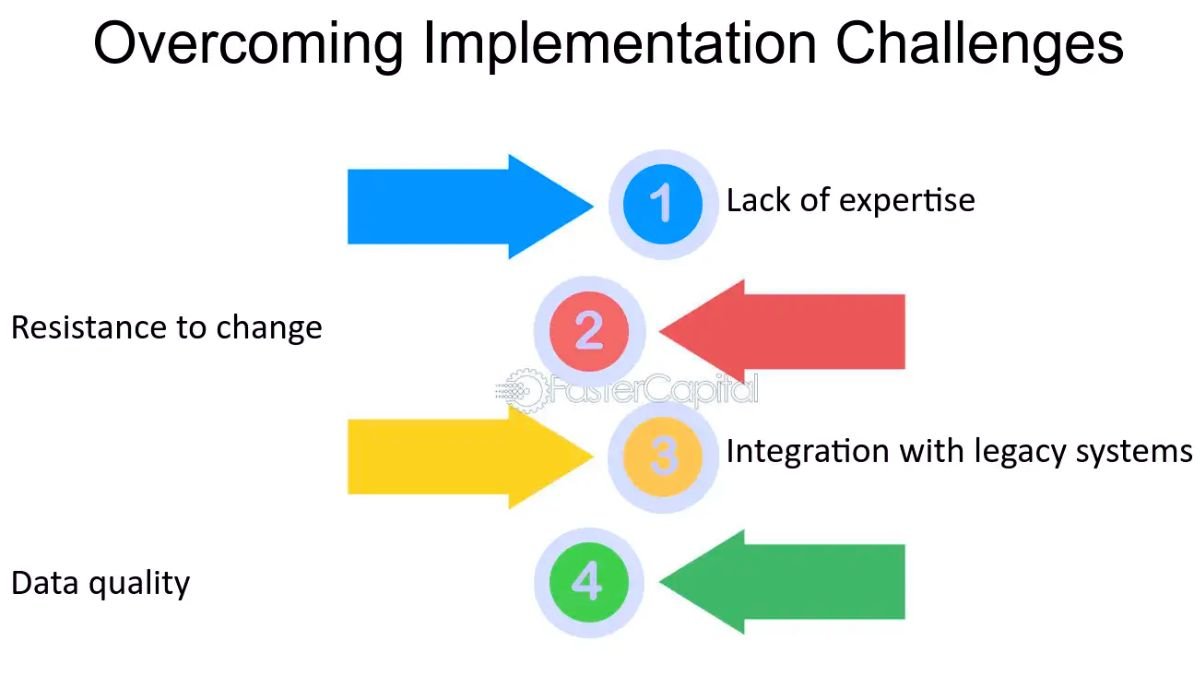In today’s digital era, the demand for robust connectivity solutions that streamline operations and enhance communication across industries has never been greater. Enter CVCVOOV, a groundbreaking framework that promises to transform how businesses manage their operations and data. This article offers a comprehensive introduction to what CVCVOOV is, exploring its features, architecture, and the immense benefits it can bring to various sectors.
What is CVCVOOV?
CVCVOOV is an advanced connectivity framework designed to foster seamless integration across various systems and devices within an organization. This technology enhances operational efficiency by allowing different systems to communicate effectively, thereby reducing redundancies and streamlining processes. CVCVOOV stands as a testament to the power of digital transformation, providing a scalable, secure, and user-friendly platform for businesses looking to thrive in a connected world.
Key Features of CVCVOOV

CVCVOOV brings several key functionalities that set it apart from traditional connectivity solutions:
- Interoperability: It allows diverse systems and devices to communicate without barriers, which is essential for effective collaboration and data exchange.
- Scalability: Whether you’re a small startup or a large enterprise, CVCVOOV grows with your business, adapting to new devices and larger data volumes without requiring a complete overhaul.
- Security: With data breaches on the rise, CVCVOOV employs state-of-the-art security protocols to protect sensitive information and ensure compliance with international data protection regulations.
- User-Friendly Interface: CVCVOOV is designed to be accessible to all users, regardless of their technical expertise, featuring intuitive controls and straightforward navigation.
CVCVOOV Architecture
Understanding the architecture of CVCVOOV is crucial for appreciating its efficiency and robustness. The framework is structured into four main layers:
- Device Layer: This includes all the physical and virtual devices connected within the network, such as sensors, IoT devices, and smartphones. Examples include smart thermostats in offices and wearable health monitors.
- Communication Layer: It ensures data is transmitted seamlessly across devices using protocols like HTTP, MQTT, and WebSocket, which are essential for maintaining reliable and efficient communication.
- Application Layer: This layer hosts various applications that use the data generated by the devices to perform functions such as analytics, monitoring, and control.
- Data Management Layer: Here, data is stored, processed, and analyzed to provide actionable insights. It utilizes technologies like big data analytics and data lakes to handle vast amounts of information efficiently.
Benefits of Implementing CVCVOOV

Adopting CVCVOOV can dramatically transform business operations with numerous benefits:
- Enhanced Efficiency: Automating routine tasks reduces delays, minimizes errors, and allows staff to focus on more strategic activities.
- Cost Reduction: By optimizing system integration and data flow, CVCVOOV cuts down on operational costs, including those related to IT maintenance and data storage.
- Improved Collaboration: With tools that enable easy communication and data sharing, teams can collaborate more effectively, even across geographical boundaries.
- Better Data Management: Centralizing data storage simplifies access and analysis, helping businesses make informed decisions quickly.
- Increased Customer Satisfaction: Faster and more accurate service delivery improves overall customer experience, enhancing satisfaction and loyalty.
Applications of CVCVOOV Across Industries
CVCVOOV’s versatility makes it applicable across various industries:
- Healthcare: Improves patient care through better data management and device integration, facilitating remote monitoring and telemedicine.
- Manufacturing: Connects machines and systems to streamline production processes, enhance supply chain management, and reduce downtime through predictive maintenance.
- Retail: Supports inventory management and provides a seamless customer experience across online and offline channels, optimizing stock levels and pricing strategies in real time.
- Transportation and Logistics: Improves route planning and fleet management with real-time tracking and data analytics, enhancing delivery efficiency and reducing operational costs.
- Education: Facilitates a connected learning environment where resources and interactions are readily accessible, regardless of location.
Challenges of CVCVOOV Implementation

While CVCVOOV offers significant advantages, several challenges must be considered:
- Initial Costs: Upfront investment in hardware and software can be considerable, though it pays off in the long term.
- Training Needs: Employees may require training to maximize the use of new systems, necessitating time and financial resources.
- Data Security Concerns: Protecting data within an interconnected environment is crucial. Organizations must ensure robust security measures are in place and comply with data protection laws.
How to Implement CVCVOOV Successfully
To ensure successful CVCVOOV implementation, follow these steps:
- Assess Current Infrastructure: Evaluate existing systems to determine compatibility and identify areas for improvement.
- Define Objectives: Set clear, achievable goals that align with your business strategy.
- Develop a Roadmap: Outline the implementation process, including timelines, milestones, and responsible parties.
- Select Technology Partners: Choose vendors with expertise in CVCVOOV to guarantee reliable support and system compatibility.
- Conduct Training: Educate your team on the benefits and usage of CVCVOOV to ensure smooth adoption.
- Monitor and Optimize: Continuously assess system performance and make necessary adjustments to maintain efficiency and effectiveness.
Conclusion
CVCVOOV represents a significant leap forward in the realm of digital connectivity, offering tools and functionalities that can revolutionize how organizations operate. By embracing this technology, businesses can improve efficiency, reduce costs, and enhance customer satisfaction, positioning themselves for success in an increasingly interconnected world.
FAQs About CVCVOOV
What does CVCVOOV stand for?
CVCVOOV stands for Connectivity, Visibility, Control, Value, Optimization, and Versatility. It represents a framework designed to enhance connectivity and operational efficiency across various industries.
How does CVCVOOV improve efficiency in organizations?
CVCVOOV streamlines processes by ensuring smooth communication between systems and devices, reducing redundancies, and enabling real-time data access. This results in faster decision-making, reduced operational costs, and increased productivity by automating data-driven tasks and facilitating seamless collaboration across departments.
What industries can benefit from CVCVOOV?
Virtually any industry can benefit from the enhanced connectivity and efficiency provided by CVCVOOV. Key industries include:
- Healthcare: For better patient monitoring and data management.
- Manufacturing: To streamline production processes and enhance supply chain visibility.
- Retail: For improving inventory management and customer experience.
- Transportation and Logistics: To optimize route planning and fleet management.
- Education: For facilitating remote learning and resource sharing.
What are the key features of CVCVOOV?
The key features of CVCVOOV include:
- Interoperability: Ensuring different systems and devices can effectively communicate.
- Scalability: Ability to accommodate growth and integrate new technologies without significant overhauls.
- Security: Robust security measures to protect data and ensure privacy.
- User-Friendly Interface: Easy-to-use interfaces that make the technology accessible to all users.
What challenges might organizations face when implementing CVCVOOV?
While implementing CVCVOOV, organizations may encounter several challenges, including:
- Initial Costs: The upfront investment in new technology and infrastructure can be significant.
- Training Needs: Employees will need training to effectively use the new systems.
- Data Security Concerns: Ensuring the security of data across an expanded network can be challenging.
How can organizations successfully implement CVCVOOV?
To successfully implement CVCVOOV, organizations should:
- Assess Current Infrastructure: Determine the capability of current systems to integrate with CVCVOOV.
- Define Objectives: Clearly outline what the organization aims to achieve with CVCVOOV.
- Develop a Roadmap: Create a detailed plan with specific milestones for implementation.
- Select Technology Partners: Partner with reliable technology providers that specialize in CVCVOOV.
- Conduct Training: Provide thorough training for all users to ensure they are competent in using the new system.
- Monitor and Optimize: Continuously monitor the system’s performance and make necessary adjustments to maximize its effectiveness.

















Leave a Reply